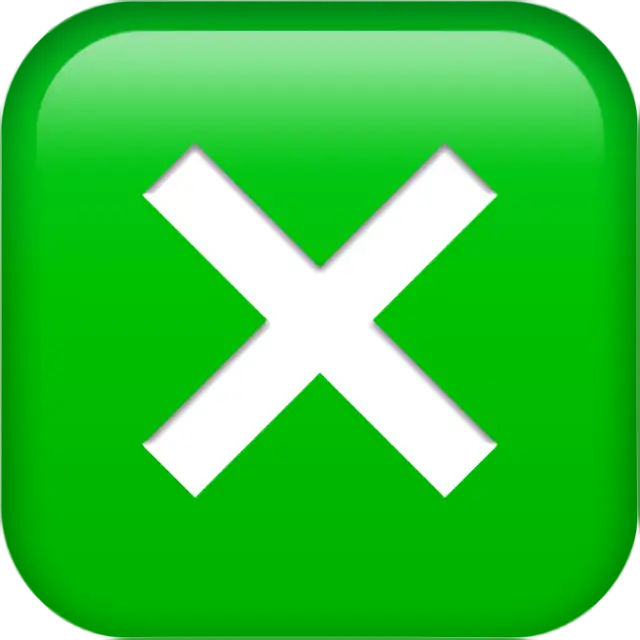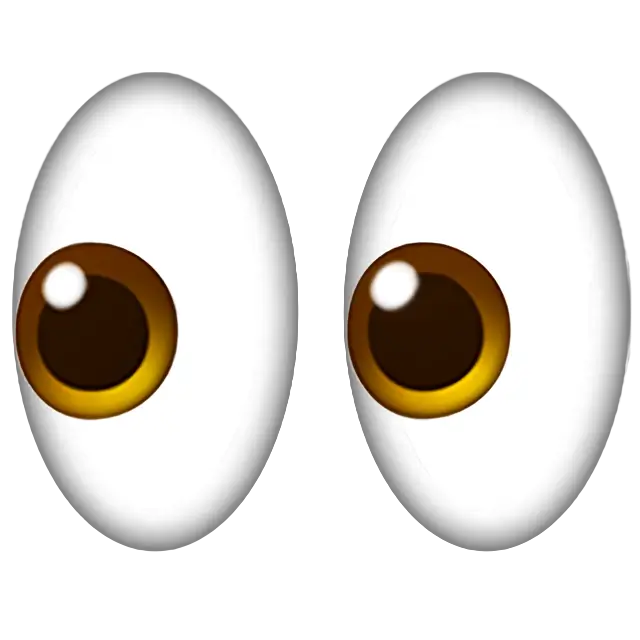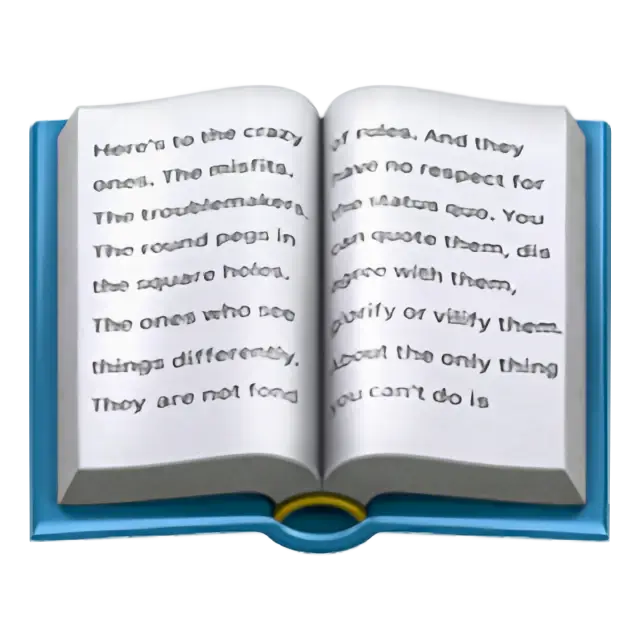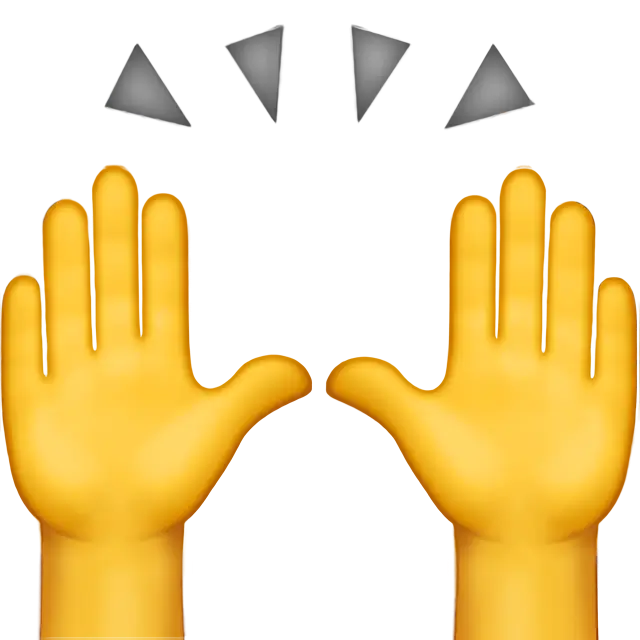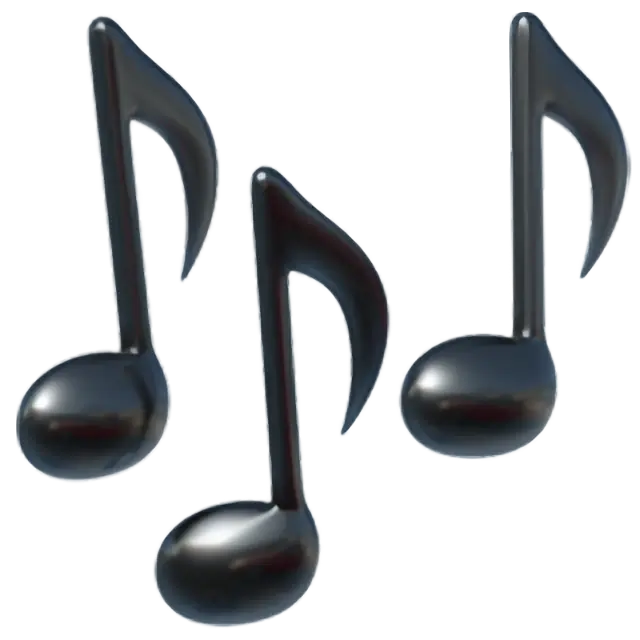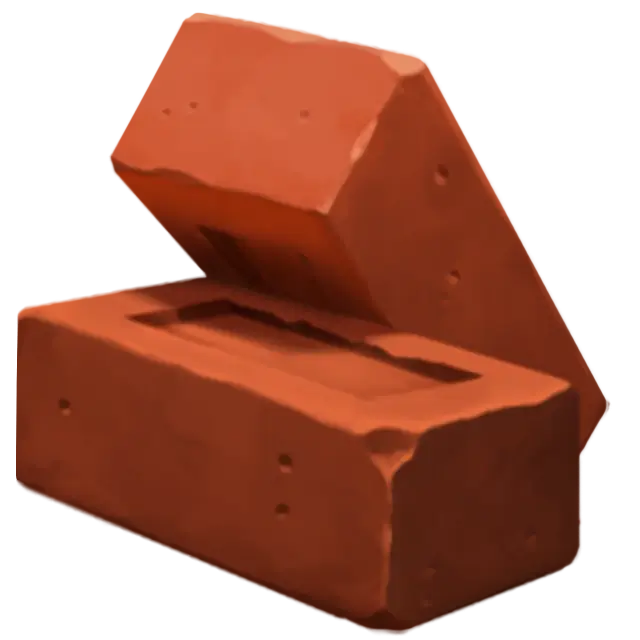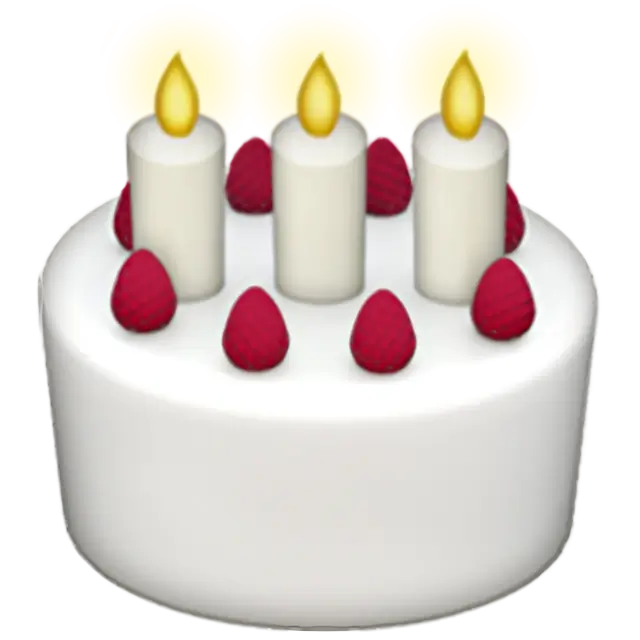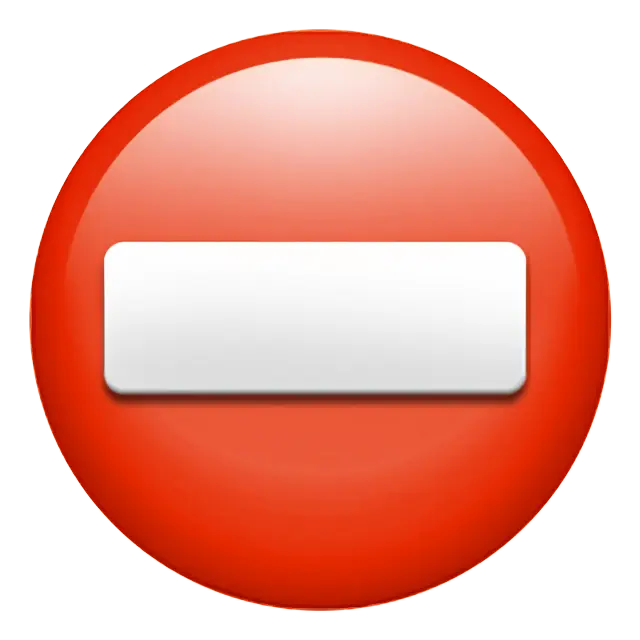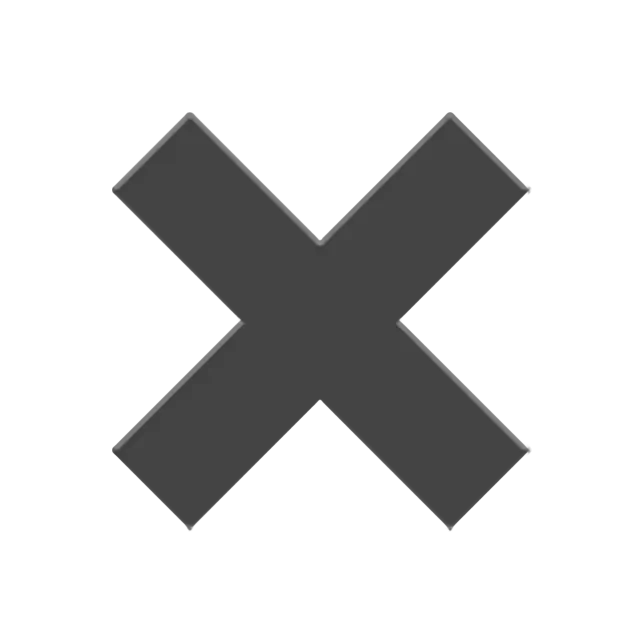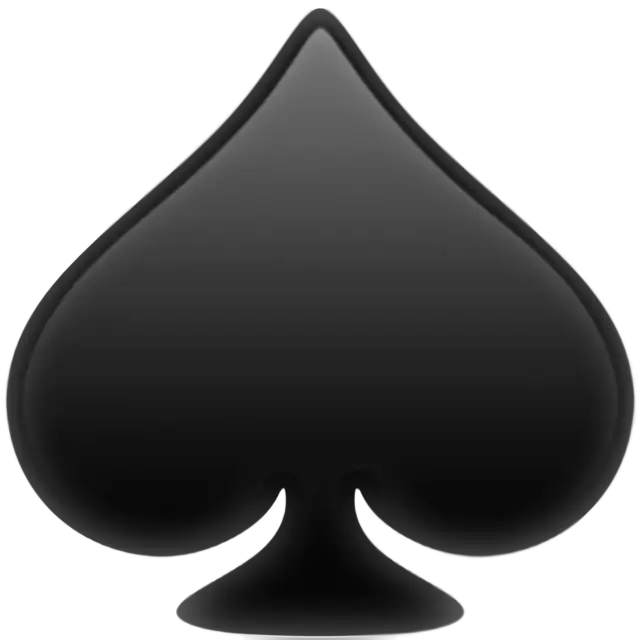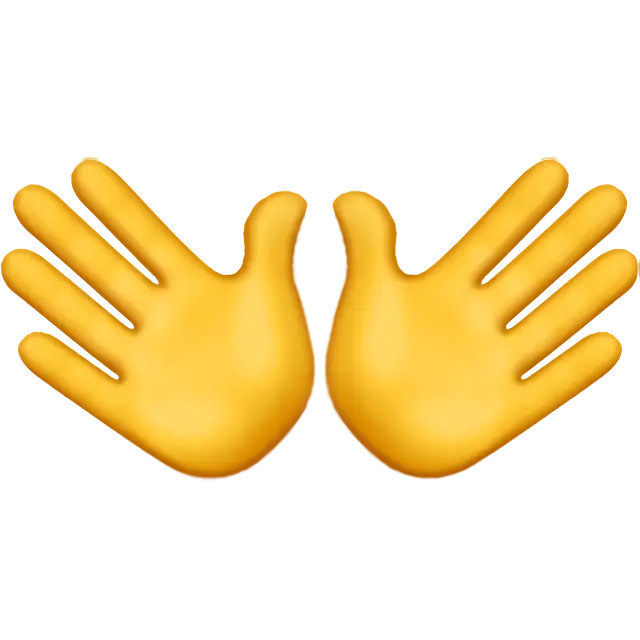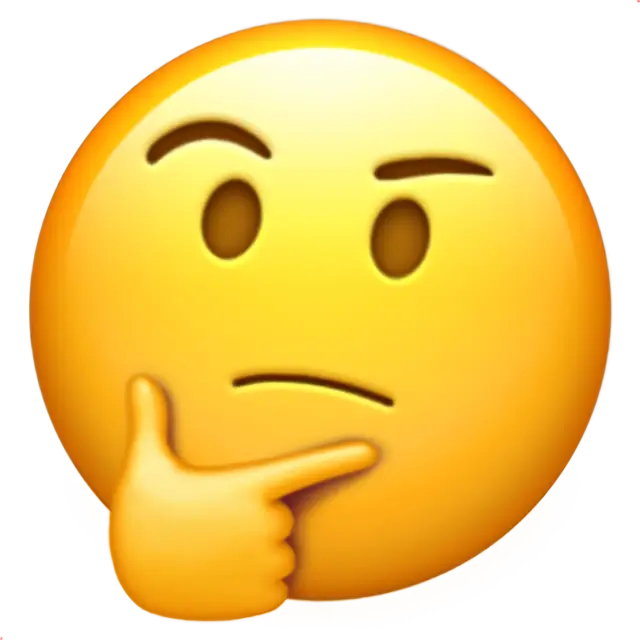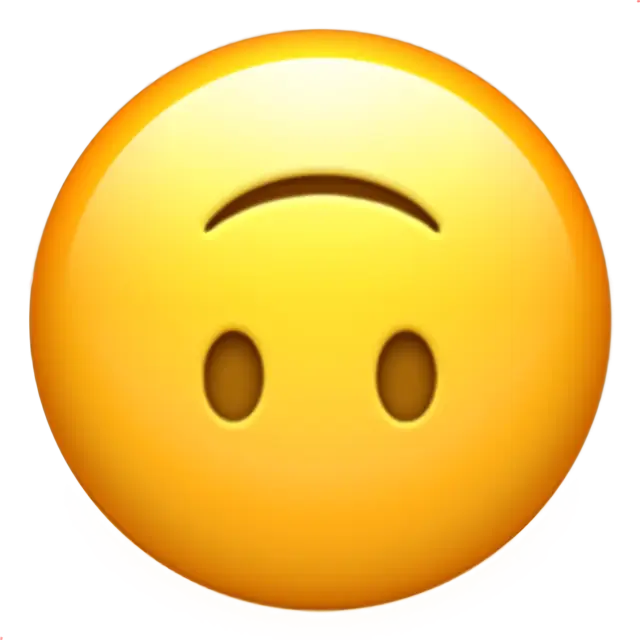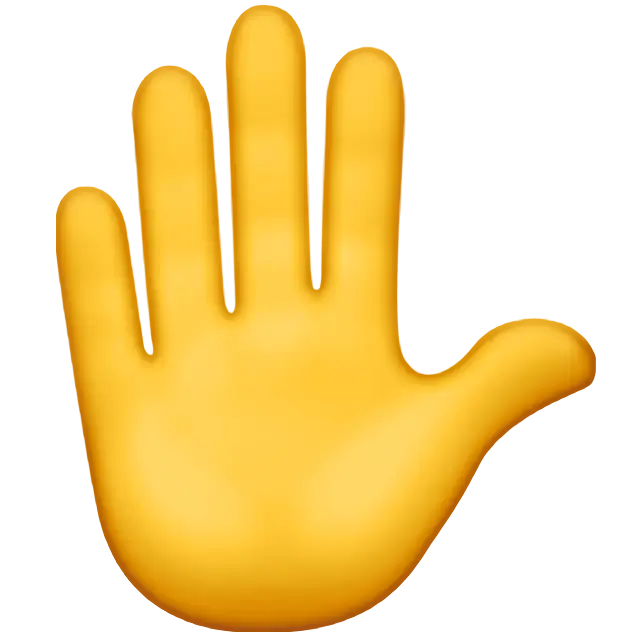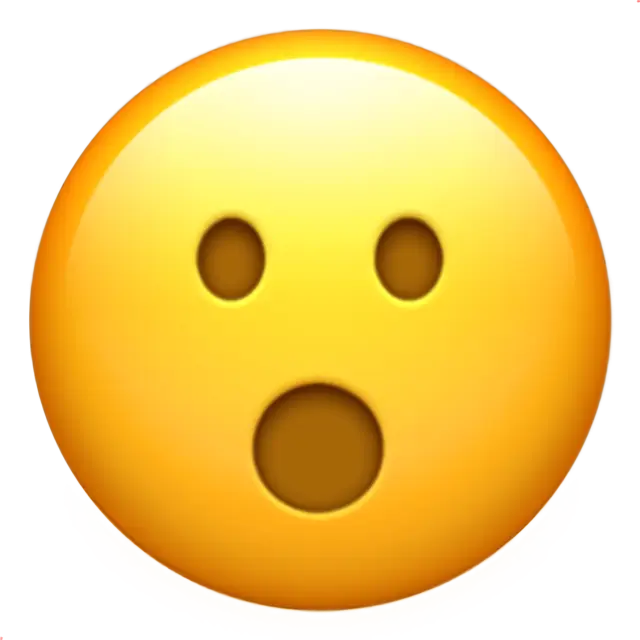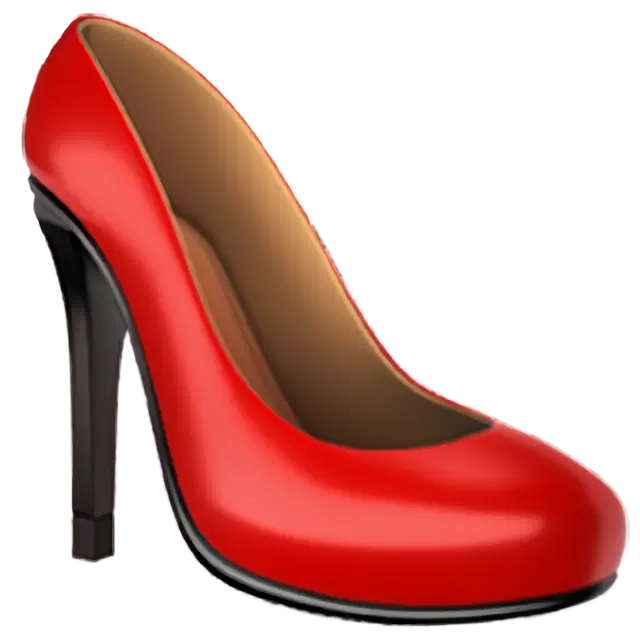Numerals
Symboles
Arabic
Circled
-
①Chiffre un cerclé
-
②Chiffre deux cerclé
-
③Chiffre trois cerclé
-
⑦Chiffre sept cerclé
-
⑤Chiffre cinq cerclé
-
⑥Chiffre six cerclé
-
④Chiffre quatre cerclé
-
⑧Chiffre huit cerclé
-
⑪Nombre onze cerclé
-
⑫Nombre douze cerclé
-
-
⑨Chiffre neuf cerclé
-
⑩Nombre dix cerclé
-
⑳Nombre vingt cerclé
-
⑬Nombre treize cerclé
-
⑭Nombre quatorze cerclé
-
⑰Nombre dix-sept cerclé
-
⑯Nombre seize cerclé
-
⑲Nombre dix-neuf cerclé
-
⑱Nombre dix-huit cerclé
-
⑮Nombre quinze cerclé
Circled Sans-Serif
-
➀Vignette chiffre un sans empattement cerclé
-
➁Vignette chiffre deux sans empattement cerclé
-
➃Vignette chiffre quatre sans empattement cerclé
-
➅Vignette chiffre six sans empattement cerclé
-
➂Vignette chiffre trois sans empattement cerclé
-
➇Vignette chiffre huit sans empattement cerclé
-
➄Vignette chiffre cinq sans empattement cerclé
-
➆Vignette chiffre sept sans empattement cerclé
-
➉Vignette nombre dix sans empattement cerclé
-
➈Vignette chiffre neuf sans empattement cerclé
-
Double Circled
-
⓶Chiffre deux doublement cerclé
-
⓵Chiffre un doublement cerclé
-
⓾Nombre dix doublement cerclé
-
⓼Chiffre huit doublement cerclé
-
⓸Chiffre quatre doublement cerclé
-
⓹Chiffre cinq doublement cerclé
-
⓽Chiffre neuf doublement cerclé
-
⓺Chiffre six doublement cerclé
-
⓷Chiffre trois doublement cerclé
-
⓻Chiffre sept doublement cerclé
-
-
Negative Circled
-
❷Vignette chiffre deux cerclé et en inversion
-
⓭Nombre treize cerclé et en inversion
-
❸Vignette chiffre trois cerclé et en inversion
-
❶Vignette chiffre un cerclé et en inversion
-
⓫Nombre onze cerclé et en inversion
-
⓿Chiffre zéro cerclé et en inversion
-
⓯Nombre quinze cerclé et en inversion
-
❾Vignette chiffre neuf cerclé et en inversion
-
❹Vignette chiffre quatre cerclé et en inversion
-
❼Vignette chiffre sept cerclé et en inversion
-
-
❽Vignette chiffre huit cerclé et en inversion
-
⓲Nombre dix-huit cerclé et en inversion
-
⓬Nombre douze cerclé et en inversion
-
⓰Nombre seize cerclé et en inversion
-
❻Vignette chiffre six cerclé et en inversion
-
⓳Nombre dix-neuf cerclé et en inversion
-
⓴Nombre vingt cerclé et en inversion
-
⓱Nombre dix-sept cerclé et en inversion
-
❿Vignette nombre dix cerclé et en inversion
-
❺Vignette chiffre cinq cerclé et en inversion
-
⓮Nombre quatorze cerclé et en inversion
Negative Circled Sans-Serif
-
➊Vignette chiffre un sans empattement cerclé et en inversion
-
➏Vignette chiffre six sans empattement cerclé et en inversion
-
➒Vignette chiffre neuf sans empattement cerclé et en inversion
-
➎Vignette chiffre cinq sans empattement cerclé et en inversion
-
➋Vignette chiffre deux sans empattement cerclé et en inversion
-
➓Vignette nombre dix sans empattement cerclé et en inversion
-
➌Vignette chiffre trois sans empattement cerclé et en inversion
-
➍Vignette chiffre quatre sans empattement cerclé et en inversion
-
➑Vignette chiffre huit sans empattement cerclé et en inversion
-
➐Vignette chiffre sept sans empattement cerclé et en inversion
-
Sans-Serif
-
𝟥Chiffre mathématique sans empattement trois
-
𝟣Chiffre mathématique sans empattement un
-
𝟦Chiffre mathématique sans empattement quatre
-
𝟩Chiffre mathématique sans empattement sept
-
𝟤Chiffre mathématique sans empattement deux
-
𝟧Chiffre mathématique sans empattement cinq
-
𝟢Chiffre mathématique sans empattement zéro
-
𝟫Chiffre mathématique sans empattement neuf
-
𝟨Chiffre mathématique sans empattement six
-
𝟪Chiffre mathématique sans empattement huit
-
-
Bold
-
𝟏Chiffre mathématique gras un
-
𝟓Chiffre mathématique gras cinq
-
𝟐Chiffre mathématique gras deux
-
𝟑Chiffre mathématique gras trois
-
𝟔Chiffre mathématique gras six
-
𝟒Chiffre mathématique gras quatre
-
𝟎Chiffre mathématique gras zéro
-
𝟕Chiffre mathématique gras sept
-
𝟗Chiffre mathématique gras neuf
-
𝟖Chiffre mathématique gras huit
-
Sans-Serif Bold
-
𝟭Chiffre mathématique gras sans empattement un
-
𝟮Chiffre mathématique gras sans empattement deux
-
𝟰Chiffre mathématique gras sans empattement quatre
-
𝟬Chiffre mathématique gras sans empattement zéro
-
𝟯Chiffre mathématique gras sans empattement trois
-
𝟵Chiffre mathématique gras sans empattement neuf
-
𝟱Chiffre mathématique gras sans empattement cinq
-
𝟲Chiffre mathématique gras sans empattement six
-
𝟴Chiffre mathématique gras sans empattement huit
-
𝟳Chiffre mathématique gras sans empattement sept
-
Double-Struck
-
𝟜Chiffre mathématique ajouré quatre
-
𝟚Chiffre mathématique ajouré deux
-
𝟞Chiffre mathématique ajouré six
-
𝟛Chiffre mathématique ajouré trois
-
𝟙Chiffre mathématique ajouré un
-
𝟝Chiffre mathématique ajouré cinq
-
𝟘Chiffre mathématique ajouré zéro
-
𝟡Chiffre mathématique ajouré neuf
-
𝟟Chiffre mathématique ajouré sept
-
𝟠Chiffre mathématique ajouré huit
-
-
Parenthesized
-
⑴Chiffre un entre parenthèses
-
⑶Chiffre trois entre parenthèses
-
⒇Nombre vingt entre parenthèses
-
⑵Chiffre deux entre parenthèses
-
⒄Nombre dix-sept entre parenthèses
-
⑿Nombre douze entre parenthèses
-
⑷Chiffre quatre entre parenthèses
-
⒃Nombre seize entre parenthèses
-
⑻Chiffre huit entre parenthèses
-
⑹Chiffre six entre parenthèses
-
-
⑺Chiffre sept entre parenthèses
-
⒀Nombre treize entre parenthèses
-
⑽Nombre dix entre parenthèses
-
⒂Nombre quinze entre parenthèses
-
⒆Nombre dix-neuf entre parenthèses
-
⑸Chiffre cinq entre parenthèses
-
⒅Nombre dix-huit entre parenthèses
-
⑾Nombre onze entre parenthèses
-
⑼Chiffre neuf entre parenthèses
-
⒁Nombre quatorze entre parenthèses
Full Stop
-
⒈Chiffre un point
-
⒉Chiffre deux point
-
⒍Chiffre six point
-
⒗Nombre seize point
-
⒊Chiffre trois point
-
⒎Chiffre sept point
-
⒓Nombre douze point
-
⒙Nombre dix-huit point
-
⒚Nombre dix-neuf point
-
⒋Chiffre quatre point
-
-
⒑Nombre dix point
-
⒐Chiffre neuf point
-
⒏Chiffre huit point
-
⒘Nombre dix-sept point
-
⒒Nombre onze point
-
⒌Chiffre cinq point
-
⒕Nombre quatorze point
-
⒛Nombre vingt point
-
⒖Nombre quinze point
-
⒔Nombre treize point
-
Monospace
-
𝟶Chiffre mathématique à chasse fixe zéro
-
𝟷Chiffre mathématique à chasse fixe un
-
𝟹Chiffre mathématique à chasse fixe trois
-
𝟽Chiffre mathématique à chasse fixe sept
-
𝟺Chiffre mathématique à chasse fixe quatre
-
𝟾Chiffre mathématique à chasse fixe huit
-
𝟻Chiffre mathématique à chasse fixe cinq
-
𝟸Chiffre mathématique à chasse fixe deux
-
𝟼Chiffre mathématique à chasse fixe six
-
𝟿Chiffre mathématique à chasse fixe neuf
-
Fullwidth
Fractions
Fractions
-
¾Fraction trois quarts
-
⅓Fraction un tiers
-
½Fraction un demi
-
⅞Fraction sept huitièmes
-
⅖Fraction deux cinquièmes
-
⅚Fraction cinq sixièmes
-
⅔Fraction deux tiers
-
⅛Fraction un huitième
-
⅙Fraction un sixième
-
⅘Fraction quatre cinquièmes
-
⅕Fraction un cinquième
-
¼Fraction un quart
-
⅜Fraction trois huitièmes
-
⅗Fraction trois cinquièmes
-
⅒Fraction un dixième
-
⅟Numérateur fractionnaire un
-
⅝Fraction cinq huitièmes
-
⅑Fraction un neuvième
-
⅐Fraction un septième
-
-
Roman
Actual
-
ⅠChiffre romain un
-
ⅡChiffre romain deux
-
ⅢChiffre romain trois
-
ⅣChiffre romain quatre
-
ⅤChiffre romain cinq
-
ⅥChiffre romain six
-
ⅩChiffre romain dix
-
ⅦChiffre romain sept
-
ⅫChiffre romain douze
-
ⅧChiffre romain huit
-
ⅨChiffre romain neuf
-
ⅪChiffre romain onze
-
ⅯChiffre romain mille
-
ⅬChiffre romain cinquante
-
ⅭChiffre romain cent
-
ⅮChiffre romain cinq cents
Archaic
Indian
Brahmi
Devanagari
Bengali
Gurmukhi
Gujarati
Oriya
Tamil
Telugu
Kannada
Malayalam
Sinhala
-
෦Chiffre lith singhalais zéro
-
෫Chiffre lith singhalais cinq
-
෪Chiffre lith singhalais quatre
-
෨Chiffre lith singhalais deux
-
෩Chiffre lith singhalais trois
-
෭Chiffre lith singhalais sept
-
෮Chiffre lith singhalais huit
-
෯Chiffre lith singhalais neuf
-
෬Chiffre lith singhalais six
-
෧Chiffre lith singhalais un
Saurashtra
Javanese
Sharada
Modi
Takri
Ahom
Bhaiksuki
Ol Chiki
Meetei Mayek
Masaram Gondi
Asian
Arabic
Thai
New Tai Lue
Tai Tham Hora
Tai Tham Tham
Myanmar
Myanmar Tai Laing
-
꧹Chiffre birman taï-laing neuf
-
꧰Chiffre birman taï-laing zéro
-
꧳Chiffre birman taï-laing trois
-
꧶Chiffre birman taï-laing six
-
꧸Chiffre birman taï-laing huit
-
꧴Chiffre birman taï-laing quatre
-
꧱Chiffre birman taï-laing un
-
꧲Chiffre birman taï-laing deux
-
꧵Chiffre birman taï-laing cinq
-
꧷Chiffre birman taï-laing sept
-
Lao
Tibetan
Limbu
Khmer
Old Mongolian
Sundanese
Balinese
Lepcha
Vai
Cham
Chakma
Khudawadi
Newa
Tirhuta
Mro
Kayah Li
Pahawh Hmong
African
NKo
Osmanya
Adlam
Non-positional Number Systems
Brahmi
-
𑁙Brahmi numéro huit
-
𑁔Brahmi Numéro Trois
-
𑁝Brahmi Nombre Trente
-
𑁖Brahmi numéro cinq
-
𑁢Brahmi Nombre Quatre-vingt
-
𑁕Brahmi numéro quatre
-
𑁗Brahmi Nombre Six
-
𑁒Brahmi Numéro Un
-
𑁛Brahmi Number Ten
-
𑁜Brahmi Nombre Vingt
-
𑁠Brahmi Nombre Soixante
-
𑁟Brahmi Nombre Cinquante
-
𑁤Brahmi Numéro Cent
-
𑁥Brahmi Nombre Mille
-
𑁘Brahmi Nombre Sept
-
𑁞Brahmi Nombre Quarante
-
𑁡Brahmi Nombre Soixante
-
𑁣Brahmi Number Ninety
-
𑁓Brahmi numéro deux
-
𑁚Brahmi Nombre Neuf
-
Ethiopic
-
፲Nombre éthiopien dix
-
፩Chiffre éthiopien un
-
፬Chiffre éthiopien quatre
-
፻Nombre éthiopien cent
-
፼Nombre éthiopien dix mille
-
፺Nombre éthiopien quatre-vingt-dix
-
፷Nombre éthiopien soixante
-
፳Nombre éthiopien vingt
-
፶Nombre éthiopien cinquante
-
፸Nombre éthiopien soixante-dix
-
፰Chiffre éthiopien huit
-
፯Chiffre éthiopien sept
-
፪Chiffre éthiopien deux
-
፵Nombre éthiopien quarante
-
፭Chiffre éthiopien cinq
-
፱Chiffre éthiopien neuf
-
፴Nombre éthiopien trente
-
፮Chiffre éthiopien six
-
፹Nombre éthiopien quatre-vingts
-
፫Chiffre éthiopien trois
-
Rumi Numeral Symbols
-
𐹭Chiffre rûmî cinquante
-
𐹰Chiffre rûmî quatre-vingts
-
𐹡Chiffre rûmî deux
-
𐹢Chiffre rûmî trois
-
𐹪Chiffre rûmî vingt
-
𐹬Chiffre rûmî quarante
-
𐹳Chiffre rûmî deux cents
-
𐹴Chiffre rûmî trois cents
-
𐹤Chiffre rûmî cinq
-
𐹯Chiffre rûmî soixante-dix
-
𐹲Chiffre rûmî cent
-
𐹣Chiffre rûmî quatre
-
𐹦Chiffre rûmî sept
-
𐹱Chiffre rûmî quatre-vingt-dix
-
𐹻Fraction rûmî un demi
-
𐹺Chiffre rûmî neuf cents
-
𐹩Chiffre rûmî dix
-
𐹮Chiffre rûmî soixante
-
𐹵Chiffre rûmî quatre cents
-
𐹹Chiffre rûmî huit cents
-
𐹠Chiffre rûmî un
-
𐹫Chiffre rûmî trente
-
𐹷Chiffre rûmî six cents
-
𐹨Chiffre rûmî neuf
-
𐹸Chiffre rûmî sept cents
-
𐹧Chiffre rûmî huit
-
𐹶Chiffre rûmî cinq cents
-
𐹥Chiffre rûmî six
Coptic Epact Numbers
-
𐋤Chiffre épacte copte quatre
-
𐋭Nombre épacte copte quarante
-
𐋻Nombre épacte copte neuf cents
-
𐋰Nombre épacte copte soixante-dix
-
𐋡Chiffre épacte copte un
-
𐋣Chiffre épacte copte trois
-
𐋥Chiffre épacte copte cinq
-
𐋢Chiffre épacte copte deux
-
𐋧Chiffre épacte copte sept
-
𐋦Chiffre épacte copte six
-
𐋬Nombre épacte copte trente
-
𐋸Nombre épacte copte six cents
-
𐋫Nombre épacte copte vingt
-
𐋹Nombre épacte copte sept cents
-
𐋩Chiffre épacte copte neuf
-
𐋪Nombre épacte copte dix
-
𐋮Nombre épacte copte cinquante
-
𐋠Signe des milliers épacte copte
-
𐋨Chiffre épacte copte huit
-
𐋶Nombre épacte copte quatre cents
-
𐋷Nombre épacte copte cinq cents
-
𐋺Nombre épacte copte huit cents
-
𐋱Nombre épacte copte quatre-vingts
-
𐋴Nombre épacte copte deux cents
-
𐋵Nombre épacte copte trois cents
-
𐋳Nombre épacte copte cent
-
𐋯Nombre épacte copte soixante
-
𐋲Nombre épacte copte quatre-vingt-dix
-
Mende Kikakui
-
𞣌Chiffre kikakui mendé six
-
𞣉Chiffre kikakui mendé trois
-
𞣔Nombre diacritique kikakui mendé dizaines de milliers
-
𞣐Nombre diacritique kikakui mendé dix plus le chiffre de base
-
𞣊Chiffre kikakui mendé quatre
-
𞣕Nombre diacritique kikakui mendé centaines de milliers
-
𞣇Chiffre kikakui mendé un
-
𞣈Chiffre kikakui mendé deux
-
𞣎Chiffre kikakui mendé huit
-
𞣏Chiffre kikakui mendé neuf
-
𞣋Chiffre kikakui mendé cinq
-
𞣍Chiffre kikakui mendé sept
-
𞣑Nombre diacritique kikakui mendé dizaines
-
𞣒Nombre diacritique kikakui mendé centaines
-
𞣖Nombre diacritique kikakui mendé millions
-
𞣓Nombre diacritique kikakui mendé milliers
Kharoshthi
Bhaiksuki
-
𑱦Bhaiksuki Nombre Quarante
-
𑱠Bhaiksuki numéro sept
-
𑱬Bhaiksuki Cent Marque Unitaire
-
𑱢Bhaiksuki numéro neuf
-
𑱣Bhaiksuki numéro dix
-
𑱥Bhaiksuki Nombre Trente
-
𑱨Bhaiksuki numéro soixante
-
𑱜Bhaiksuki numéro trois
-
𑱪Bhaiksuki numéro quatre-vingt
-
𑱫Bhaiksuki Nombre Ninety
-
𑱚Bhaiksuki numéro un
-
𑱧Bhaiksuki Numéro Cinquante
-
𑱩Bhaiksuki numéro soixante-dix
-
𑱤Bhaiksuki numéro vingt
-
𑱛Bhaiksuki numéro deux
-
𑱟Bhaiksuki numéro six
-
𑱡Bhaiksuki numéro huit
-
𑱝Bhaiksuki numéro quatre
-
𑱞Bhaiksuki numéro cinq
-
Warang Citi
-
𑣨Chiffre varang kchiti huit
-
𑣢Chiffre varang kchiti deux
-
𑣡Chiffre varang kchiti un
-
𑣥Chiffre varang kchiti cinq
-
𑣠Chiffre varang kchiti zéro
-
𑣬Nombre varang kchiti trente
-
𑣯Nombre varang kchiti soixante
-
𑣫Nombre varang kchiti vingt
-
𑣲Nombre varang kchiti quatre-vingt-dix
-
𑣧Chiffre varang kchiti sept
-
𑣩Chiffre varang kchiti neuf
-
𑣪Nombre varang kchiti dix
-
𑣰Nombre varang kchiti soixante-dix
-
𑣱Nombre varang kchiti quatre-vingts
-
𑣤Chiffre varang kchiti quatre
-
𑣣Chiffre varang kchiti trois
-
𑣭Nombre varang kchiti quarante
-
𑣦Chiffre varang kchiti six
-
𑣮Nombre varang kchiti cinquante
Very Old Systems
Counting Rod Numerals
-
𝍣Chiffre-bâtonnet quatre unités
-
𝍯Chiffre-bâtonnet sept dizaines
-
𝍡Chiffre-bâtonnet deux unités
-
𝍥Chiffre-bâtonnet six unités
-
𝍱Chiffre-bâtonnet neuf dizaines
-
𝍤Chiffre-bâtonnet cinq unités
-
𝍧Chiffre-bâtonnet huit unités
-
𝍩Chiffre-bâtonnet une dizaine
-
𝍪Chiffre-bâtonnet deux dizaines
-
𝍭Chiffre-bâtonnet cinq dizaines
-
𝍠Chiffre-bâtonnet une unité
-
𝍦Chiffre-bâtonnet sept unités
-
𝍨Chiffre-bâtonnet neuf unités
-
𝍰Chiffre-bâtonnet huit dizaines
-
𝍢Chiffre-bâtonnet trois unités
-
𝍫Chiffre-bâtonnet trois dizaines
-
𝍬Chiffre-bâtonnet quatre dizaines
-
𝍮Chiffre-bâtonnet six dizaines
-
Cuneiform
-
𒐫Signe numéral cunéiforme neuf char2
-
𒐞Signe numéral cunéiforme un gechou
-
𒐩Signe numéral cunéiforme sept char2
-
𒐮Signe numéral cunéiforme trois charou
-
𒐶Signe numéral cunéiforme trois bourou
-
𒐕Signe numéral cunéiforme un gech2
-
𒐯Signe numéral cunéiforme trois charou variante
-
𒐡Signe numéral cunéiforme quatre gechou
-
𒐢Signe numéral cunéiforme cinq gechou
-
𒐥Signe numéral cunéiforme trois char2 variante
-
𒐚Signe numéral cunéiforme six gech2
-
𒐜Signe numéral cunéiforme huit gech2
-
𒐣Signe numéral cunéiforme deux char2
-
𒐤Signe numéral cunéiforme trois char2
-
𒐧Signe numéral cunéiforme cinq char2
-
𒐪Signe numéral cunéiforme huit char2
-
𒐰Signe numéral cunéiforme quatre charou
-
𒐵Signe numéral cunéiforme deux bourou
-
𒐗Signe numéral cunéiforme trois gech2
-
𒐬Signe numéral cunéiforme un charou
-
𒐹Signe numéral cunéiforme cinq bourou
-
𒐛Signe numéral cunéiforme sept gech2
-
𒐭Signe numéral cunéiforme deux charou
-
𒐱Signe numéral cunéiforme cinq charou
-
𒐲Signe numéral cunéiforme char2 fois gal plus dich
-
𒐴Signe numéral cunéiforme un bourou
-
𒐘Signe numéral cunéiforme quatre gech2
-
𒐷Signe numéral cunéiforme trois bourou variante
-
𒐦Signe numéral cunéiforme quatre char2
-
𒐳Signe numéral cunéiforme char2 fois gal plus min
-
𒐸Signe numéral cunéiforme quatre bourou
-
𒐖Signe numéral cunéiforme deux gech2
-
𒐙Signe numéral cunéiforme cinq gech2
-
𒐨Signe numéral cunéiforme six char2
-
𒐝Signe numéral cunéiforme neuf gech2
-
𒐟Signe numéral cunéiforme deux gechou
-
𒐠Signe numéral cunéiforme trois gechou
Egyptian Hieroglyphs
Etruscan
Attic
Générateur de Jolis Pseudos
Marre que votre pseudo dans les jeux ou sur les réseaux sociaux ne soit pas remarqué ? Générez un pseudo unique pour vous-même !
Générer un Pseudo
Comment copier l'emoji Numerals
Copier l'emoji Numerals est très simple : si vous êtes sur le site depuis un téléphone mobile, cliquez simplement sur l’emoji de votre choix et appuyez sur le bouton « Copier ». Pour les utilisateurs d’ordinateur, survolez l’emoji avec la souris et cliquez sur le bouton dans la fenêtre contextuelle.
Voir aussi
Copié !

